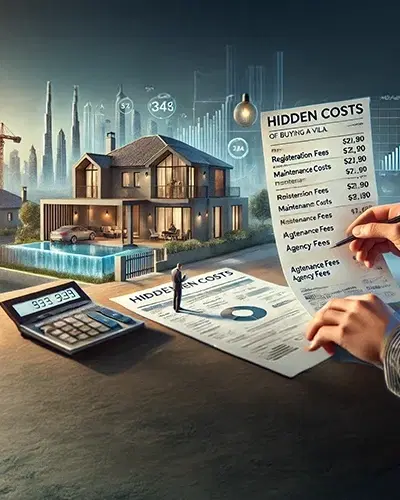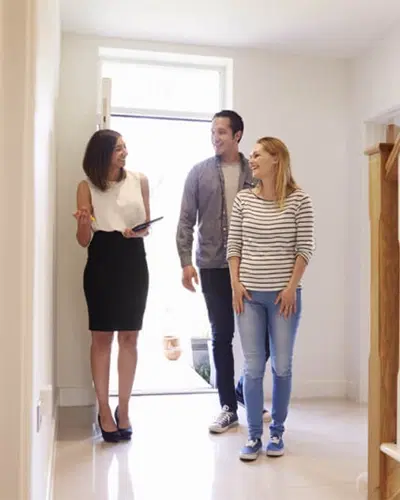Dark hues should be avoided.
Dark hues, particularly on the bottom area of the facade, may make a property appear smaller while also making it appear more substantial and permanent. Dark colors cause objects to retreat whereas bright colors draw them forward and make them look more prominent. They highlight features and shadows, making them ideal for highlights such as porches, railings, doors, and shutters. Although dark or boldly colored properties tend to scare off prospective homeowners, adopting such colors sparingly in some areas might entice buyers and lead to them spending more to close on a house. According to a recent Zillow research, houses with black doors sell for more than $6,000 more than projected.
Dark colors retain more of the sun's rays than light colors, causing the internal spaces of your residence to attain temperatures that are higher during the warmest months of the year. Dark hues absorb around 70% to 90% of the heat that comes from the sun, whereas bright colours reflect it, requiring you to turn up the temperature in your home and spend more on your monthly energy costs. All outdoor color choices are susceptible to sun fading, but dark hues make fading, chalking, and other kinds of damage much more visible than light colors.
Choose Light Colour
During summertime, the process of reflecting light helps to cool dwellings, lowering temperature and relaxation. White is an attractive color for householders because it radiates timeless grandeur and is especially popular in classical architecture. Because of their sleek, clean appearance, white homes are appealing to purchasers, allowing them to visualize the property's maximum potential and attractiveness.






